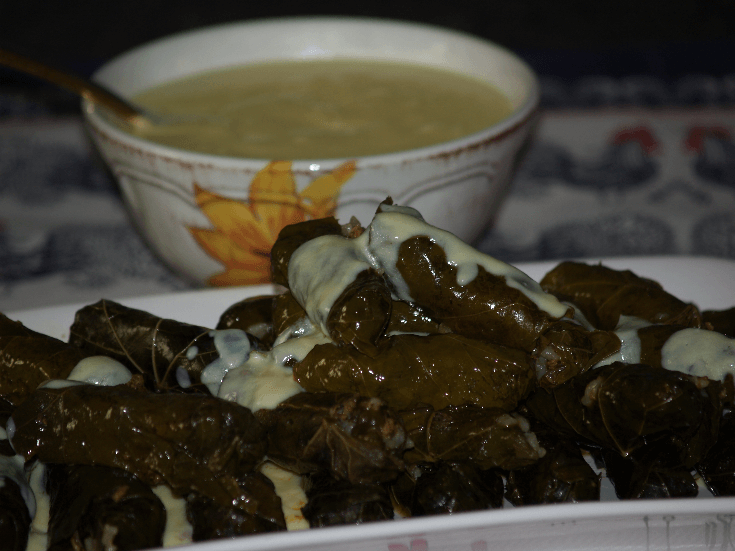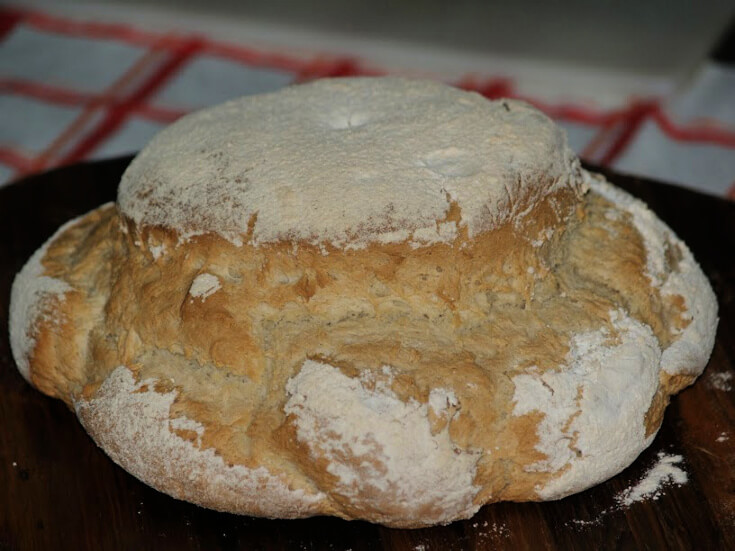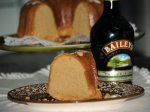- Painless Cooking
- How to Cook
- Guide to Food Measurements
Cooking Weights and Measurements
Use a guide for cooking weights and measurements to insure accurate proportions for your recipes. This is real important when starting out new. Later on when gaining more experience, you will be able to estimate pretty accurately; you will also know which ingredients must be measured for exactness. I often tell how my mother taught me to measure with a tea cup and spoons from the silverware drawer because we did not have measurement equipment. She was able to teach me like this because of her experience of many years correctly using these pieces.
A guide for cooking weights and measurements will refers to a liquid measuring cup which is used to measure all liquids. These are available in a 1 cup size, 2 cups size, 4 cups size and a quart; there might be others. All these will have lines marking the different measurements. I prefer these in glass for two reasons; you can see through them and the plastic ones will sometimes melt if gotten too hot. I have all these sizes and I use all of them but my favorite size is the 2 cup. I use it all the time; not just for measuring but to mix thickenings and other things. If you can only afford one then I suggest the 2 cup size. When measuring liquids set cup on flat surface and pour to the desired marked line.
A guide for cooking weights and measurements also refers to dry measuring cups. These are usually metal or plastic (I do not like the plastic) and they come in sets. They usually include ¼ cup, 1/3 cup. ½ cup and 1 cup; sometimes they might have a couple more with the set. Dry measuring cups are made to be filled to the top and then leveled off with a flat knife. To measure flour, sift once and lightly pile into cup with a spoon (do not tap cup) and then level with a flat knife. For granulated sugar or powdered sugar, make sure all lumps are smoothed out; fill cup and level with flat knife. Brown sugar is always firmly packed into the cup unless a recipe specifies otherwise; pack it in then level top with flat knife.
The guide for cooking weights and measurements is based on measuring shortenings in the dry measuring cups also. If shortenings are hard, like cold butter, it is difficult to pack them into the measuring cups; this is one reason most recipes will specify “softened butter” plus it blends much better. To measure shortening pack into dry measuring cups all the way to the top and level with a flat knife. Measuring spoons are available in sets; 1 tablespoon, 1 teaspoon, ½ teaspoon and ¼ teaspoon and sometimes 1/8 teaspoon. They are made of metal or plastic; I prefer the metal ones. Sometimes the plastic are not made as well and the numbers will wash off in the dishwater. The spoon sets are used for both dry and liquid ingredients; fill to the top of spoon for liquid and for dry level with a flat knife.
Has your mind ever gone blank when you came upon a “pinch” in your recipe? What about how many teaspoons in a tablespoon? The guide for cooking weights and measurements allows you accuracy at a glance. How many ounces in a cup? How many tablespoons in ounce? These are all equivalences that we need to know or have readily available for basic cooking.
Cooking Weights and Measurements
|
Pinch 1 Tablespoon 2 Tablespoons 4 Tablespoons 5 1/3 Tablespoons 8 Tablespoons 10 2/3 Tablespoons 12 Tablespoons 16 Tablespoons 1 Jigger 1 oz liquid 4 oz liquid 8 oz liquid |
1/8 teaspoon or less 3 teaspoons 1/8 cup 1/4 cup 1/3 cup 1/2 cup 2/3 cup 3/4 cup 1 cup 1 1/2 fluid ounces = 3 Tablespoons 2 Tablespoons 1/2 cup 1 cup |
If you get into canning, there are many more measurements that you will need to have quick access to; this guide to cooking weights and measurements helps with those. This chart also allows larger quantities to be converted from cups to quarts, pints to gallons, etc at a quick glance. Also if you are canning fruits, you will need to know what is a peck or a bushel. Find them below.
|
1 cup 2 cups 4 cups 2 pints 4 quarts = 16 cups 16 ounces 32 ounces 8 quarts 4 pecks |
1/2 pint = 16 fluid ounces 1 pint = 16 fluid ounces 1 quart = 32 fluid ounces 1 quart = 32 fluid ounces 1 gallon = 128 fluid ounces 1 pound 1 quart 1 peck (apples, pears, etc.) 1 bushel |
Below are some samples of the weight of fruit and vegetables; as you can see a peck or bushel weight differently depending on the produce inside.
|
1 Peck potatoes 1 Bushel plums 1 Bushel pears 1 Bushel peaches 1 Bushel apples |
15 pounds 50 pounds 48 pounds 48 pounds 44 pounds |
Shelled nuts
|
3 ½ Pounds almonds 2 ¼ pounds filberts 1 ½ Pound peanuts 2 ½ Pounds pecans 5 ½ Pounds black walnuts 2 ½ Pounds English walnuts |
4 1/2 cups 3 ½ cups 3 cups 3 cups 3 cups 4 cups |
Sometimes a recipe might call for sugar or sweeteners by the pound. I purchase most of my sugars in large quantity. If your recipe calls for one pound, do you know how many cups you will need? This guide for cooking weights and measurements will help you decide how much you need. Of course, a kitchen food scale is a necessity for exact weights.
|
1 Pound fruit sugar 1 Pound granulated sugar 1 Pound brown sugar 1 Pound powdered sugar 1 Pound sugar cubes 1 Pound cane syrup 1 Pound corn syrup 1 Pound strained honey 1 Pound maple syrup 1 Pound molasses 1 Pound sorghum |
2 ¼ cups 2 cups 2 cups firmly packed about 2 ½ cups 180 to 220 pieces about 1 ½ cups about 1 ½ cups about 1 ½ cups about 1 ½ cups about 1 ½ cups about 1 ½ cups |
BUTTERFINGER TREAT RECIPE
- 1 Pound powdered sugar
- ½ Cup softened butter
- 1 Cup creamy peanut butter
- 3 Cups Rice Krispies
- 4 Squares sweet chocolate
- Finely chopped nuts
Combine and mix sugar, peanut butter and Rice Krispies; chill for 1 hour.
Shape in one inch balls; melt chocolate in double boiler over simmering heat.
Dip balls in chocolate and roll in chopped nuts; store in refrigerator.
This guide to cooking weights and measurements is also going to help you with can sizes. I know you may think you will never need to know this but believe me it comes up often, especially if you ever make crowd size recipes. Very often these recipes refer to using a number 10 size can of vegetables or something. The following list will help with these questions.
|
8 Ounce can Picnic size can 12 Ounce size can Number 300 can Number 1 tall can size Number 303 can size Number 2 size can Number 2 ½ size can Number 3 size can Number 5 size can Number 10 size can |
1 cup 1 ¼ cups 1 2/3 cups 1 ¾ cups 2 cups 2 cups 2 ½ cups 3 ½ cups 4 cups 7 1/3 cups 12 to 15 cups |




